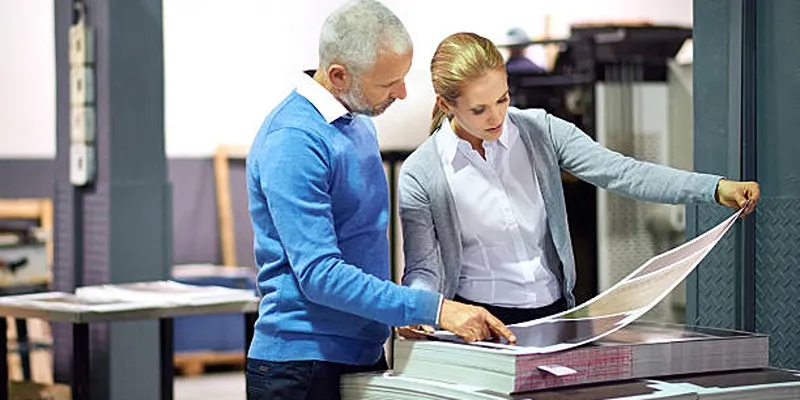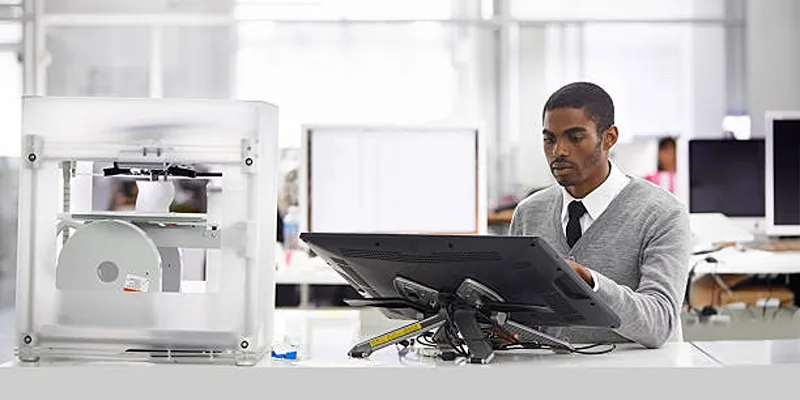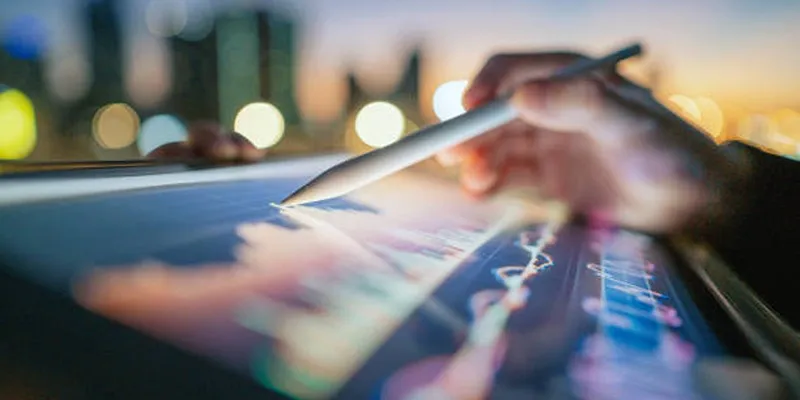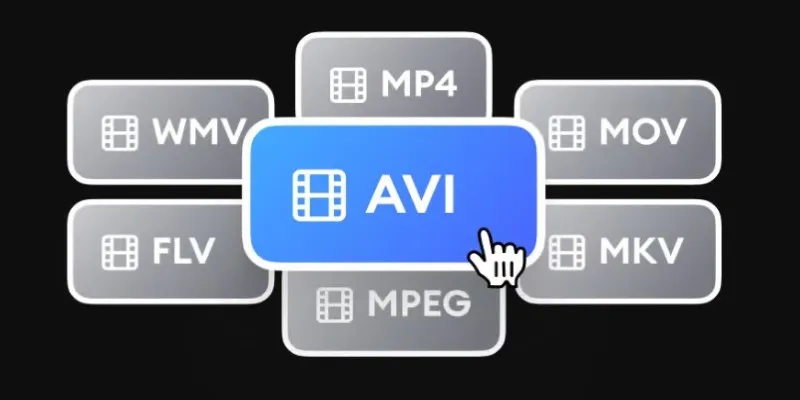DPI and PPI Demystified: How to Get Stunning Print Results
Understanding the difference between pixels and dots is crucial when working with photo resolutions, especially for printing. Pixels are the tiny building blocks of a digital image, while dots are used by printers to recreate those images on paper. The quality of a printed image depends on how these two elements interact. This guide will explain pixels and dots in simple terms, helping you master photo resolution to achieve crisp, clear, and professional-looking prints every time.
Understanding DPI (Dots Per Inch)
Print resolution is measured using dots per inch (DPI). This unit represents the number of individual dots a printer can produce within a one-inch area. A higher DPI results in improved visual clarity and superior image detail.
Printers use a consistent number of ink droplets to reproduce images on paper. By placing droplets close together, they simulate continuous color transitions and tonal gradients. Higher DPI values allow for smaller distances between ink droplets, enhancing printing quality.
DPI Values for High-Quality Prints
The recommended DPI for high-quality prints typically ranges from 300 to 600 DPI. This range ensures that the dots are small enough to create a seamless image without causing ink to bleed or blend.
For professional printing, such as magazines or brochures, even higher DPI values, such as 1200 DPI and above, are common. These values create incredibly detailed and crisp prints, perfect for showcasing photographs or graphics.
Understanding PPI (Pixels Per Inch)

PPI stands for pixels per inch and refers to the number of pixels in an image within a one-inch space. Unlike DPI, which is a print resolution measurement, PPI relates directly to the digital image itself.
Choosing the Right PPI for Your Digital Images
A general rule of thumb is to have a minimum of 300 PPI for high-quality prints. This means that for every inch in your printed document, there should be at least 300 pixels in your digital image. However, this doesn’t mean you need to increase the resolution of all your images to 300 PPI.
For larger prints or displays where viewers will be standing further away, like billboards or banners, a lower PPI between 100 and 200 may suffice.
Difficulty in Converting Between DPI and PPI
Many people find converting between DPI and PPI confusing because they are different measurements—one for print resolution and the other for digital images. However, you can use a formula to calculate the appropriate PPI for your image based on the desired DPI for printing.
The Formula
To determine the required PPI for printing at a specific DPI:
- Multiply the desired DPI by the size of your printed document in inches (Height x Width).
- The result will be the minimum number of pixels needed in your digital image (PPI).
For example, if you want to print an 8x10 inch photo at 300 DPI, you will need an image with a resolution of 2400x3000 pixels (8 inches x 300 PPI and 10 inches x 300 PPI).
How to Achieve Perfect Photo Resolution for Printing
To achieve the best quality prints, ensure that your digital images have a high enough PPI. This means using a camera with a high-resolution sensor or choosing high-quality stock images. Avoid enlarging small images for printing as this can significantly reduce image quality.
Additionally, always double-check your printer settings before printing. Ensure the DPI is set to the desired value and that any scaling or resizing options are turned off. By understanding and mastering photo resolution, you can ensure your printed images look professional and visually appealing every time. Remember, DPI refers to print resolution, while PPI relates to digital images.
Common Misunderstandings About Resolution
There are a few common misconceptions about resolution that can lead to confusion when working with images for printing:
- More pixels always mean better quality: While more pixels can result in higher quality prints, it is not the only determining factor. The overall quality and clarity of the original image also play a significant role.
- You can increase resolution without losing quality: Increasing resolution will inevitably result in some loss of quality, especially if done significantly.
- 300 PPI is always necessary for high-quality prints: The required PPI can vary depending on the size and viewing distance of your print. For larger prints, a lower PPI may still produce excellent results.
By understanding these common misunderstandings, you can make informed decisions about photo resolution for printing.
Checklist for High-Quality Printed Photos

To ensure that your printed photos come out looking crisp and professional, here is a quick checklist to follow:
- Use high-quality digital images: Choose images with a high enough PPI for printing.
- Set the correct DPI in your printer settings: This will help avoid any scaling or resizing issues.
- Avoid enlarging small images for printing: This can result in pixelated or blurry prints.
- Consider the size and viewing distance of your print: Adjust the PPI accordingly for optimal results.
By following these tips and understanding the difference between pixels and dots, you can achieve perfect photo resolution for all your printing needs.
Conclusion
Achieving high-quality printed photos doesn’t have to be complicated when you understand the key elements of photo resolution, including PPI and DPI. By using high-quality images, adjusting printer settings appropriately, and considering the size and viewing distance of your prints, you can ensure professional and visually stunning results every time. With these tools and tips in mind, you’ll be well-equipped to create prints that preserve your memories beautifully.
Related Articles

Top Tools for Effortless Batch Image Resizing in 2025

300 DPI or 600 DPI? A Simple Guide to Choosing the Best Resolution

Top 7 UI/UX Design Tools Every Designer Should Know

The 10 Best Email Apps for iPhone: Streamline Your Inbox Today

The 11 Best CRMs for Small Business: Streamline Your Workflow in 2025

Which Are The 5 Best Calendar Apps for Mac to Organize Your Life in 2025

Top 4 Vertical Video Editors to Edit Vertical Videos Quickly

The 8 Best Content Marketing Tools in 2025 to Elevate Your Strategy

LightCut 2025 Review: The Best Video Editor for Android and iPhone

6 Ways to Automate Security and Identity Tools for a Safer Business

Upgrade Your Email Experience: The 7 Best Email Clients for Windows

Best Tools for 1920x1080 Image Conversion: Comprehensive Analysis
Popular Articles

Top 5 Video Joiners for Combining SWF Files Effortlessly

Convert Videos for iRiver: MP4, WMV, AVI, and FLV Explained

Hudl's Automation Strategy for Enhancing User Experience

How to Move Comments Between WordPress Posts: A Quick and Easy Guide

Top 8 Video Converters for Mac and Windows in 2025

Explore The 11 Best ActiveCampaign Alternatives for Your Business

Why API Integration Is the Secret Behind Powerful Web Tools

Top 2 Methods to Force WordPress Users to Create Strong Passwords

Turn iPhone Live Photos into Shareable Videos

From ZIP to JPG – Your Go-To Guide for Quick Image Extraction

Combine VOB Files in Minutes: 8 Tools and Tricks That Help

 mww2
mww2